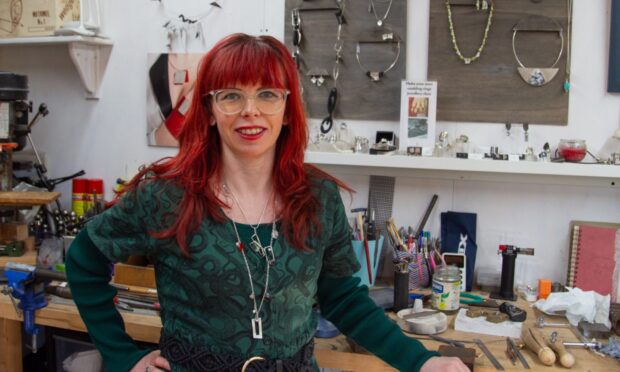Musculoskeletal issues are suffered by many people – and can cause serious pain.
They include everything from slipped discs to knee problems and a long wait for treatment can leave people unable to perform day-to-day tasks and unable to work.
To help you better understand how long you may wait to be seen we have created a series of charts that cover NHS physio and musculoskeletal waiting times in Scotland.
We will update the charts whenever new data is available.
Musculoskeletal services cover a range of disciplines.
These statistics cover waiting times for physiotherapy, occupational therapy, chiropody, podiatry and orthotics.
What is the target for NHS physio and musculoskeletal waiting times in Scotland?
From April 2016 the target for musculoskeletal services in Scotland is that 90% of patients should have been seen in an out-patient setting within four weeks from referral.
This first appointment does not have to be a face-to-face appointment for the target to be considered met, as telephone and video appointments are also counted towards the target.
Chiropody/podiatry waiting times
Chiropody and podiatry are interchangeable terms that refer to the study of foot and lower limb health.
This service deals with common problems such as ingrown toenails and wound treatments.
It might also run specialist clinics, for example, providing foot care for patients with diabetes.
The chart below shows the waiting times in Scottish health boards for podiatry services.
Use the dropdown to navigate to the health board you are interested in.
Occupational therapy waiting times
Occupational therapists are specialist health professionals who help people to deal with the effects of disabilities.
They work with patients to identify areas they may be struggling with – one example would be in getting dressed – and they will help the patient to come up with practical solutions to live as independent a life as possible.
The chart below shows the waiting times in Scottish health boards for occupational therapy services.
Use the dropdown to navigate to the health board you are interested in.
Orthotics waiting times

Orthotic services help patients who need specialised footwear, braces or splints to alleviate pain or improve mobility.
The chart below shows the waiting times in Scottish health boards for orthotic services.
Use the dropdown to navigate to the health board you are interested in.
Physiotherapy waiting times
Physiotherapists work with patients to increase their range of movement, often after an injury or illness.
This is often done by recommending exercises or by carrying out manual therapy.
They might also provide advice to patients on lifestyle changes that could assist in their recovery.
They commonly deal with muscle, joint and back complaints.
In many areas of Scotland you can refer yourself for physiotherapy without needing to see your GP.
But you should check your local health board website for details on how to receive a referral in your area.
The chart below shows the waiting times in Scottish health boards for orthotic services.
Use the dropdown to navigate to the health board you are interested in.
If you have been impacted by long waiting times and wish to share your story, please fill in the form below.
More health data
This article is part of a series that aims to make data about waiting times and pressures on the NHS more accessible and easy to understand.
You can view the rest of the series below.
The charts in this tracker series are automatically updated with the latest available data from Public Health Scotland. The source code for this project can be found on our data team GitHub page.



















Conversation